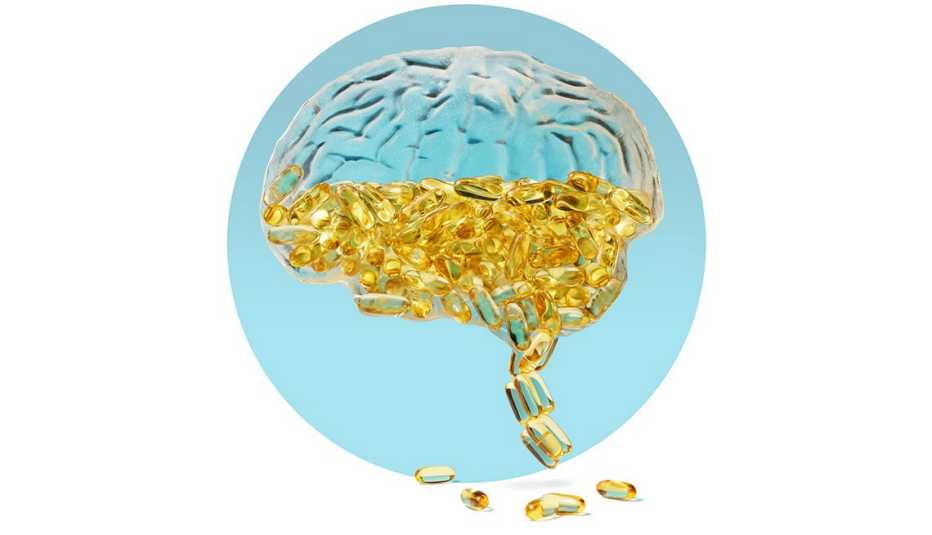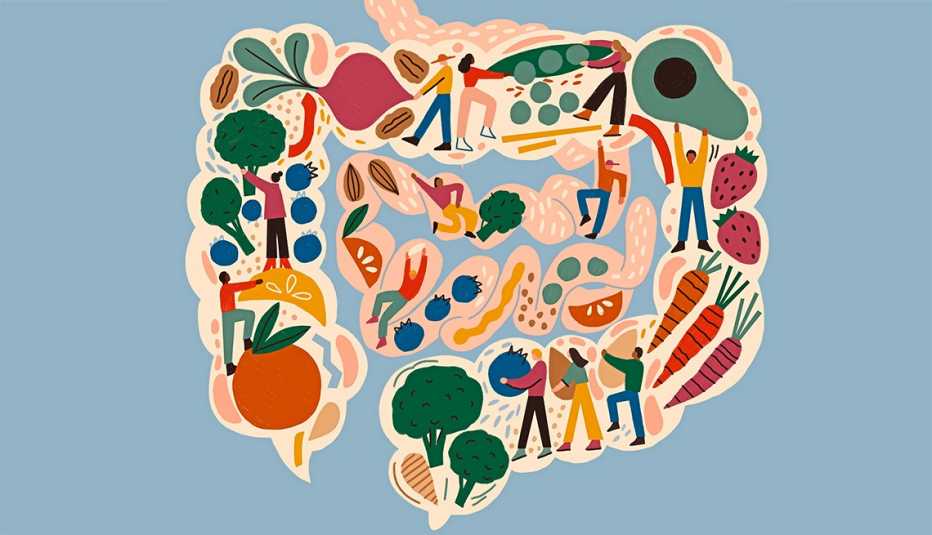Staying Fit


Gluten Quiz
Test your smarts on why so many people seem to be going gluten-free
Christina Ianzito and Michelle Crouch,
Gluten Quiz
Gluten Quiz
Christina Ianzito is the travel and books editor for aarp.org and AARP The Magazine, and also edits and writes health, entertainment and other stories for aarp.org. She received a 2020 Lowell Thomas Award for travel writing.
Michelle Crouch is a contributing writer who has covered health and personal finance for some of the nation’s top consumer publications. Her work has appeared in Reader’s Digest, Real Simple, Prevention, The Washington Post and The New York Times.


ADVERTISEMENT


AARP Membership
$12 for your first year when you sign up for Automatic Renewal
Get instant access to members-only products and hundreds of discounts, a free second membership, and a subscription to AARP the Magazine.
More on health
ADVERTISEMENT
-
 MEMBERS ONLYRestaurants
MEMBERS ONLYRestaurantsDenny's
15% off dine-in and pickup orders
Learn MoreSee more Restaurants offers > -
 MEMBERS ONLYShopping & Groceries
MEMBERS ONLYShopping & GroceriesWalmart+
$20 off a Walmart+ annual membership
Learn MoreSee more Shopping & Groceries offers > -
 Health & Wellness
Health & WellnessAARP® Staying Sharp®
Activities, recipes, challenges and more with full access to AARP Staying Sharp®
Learn MoreSee more Health & Wellness offers >































































